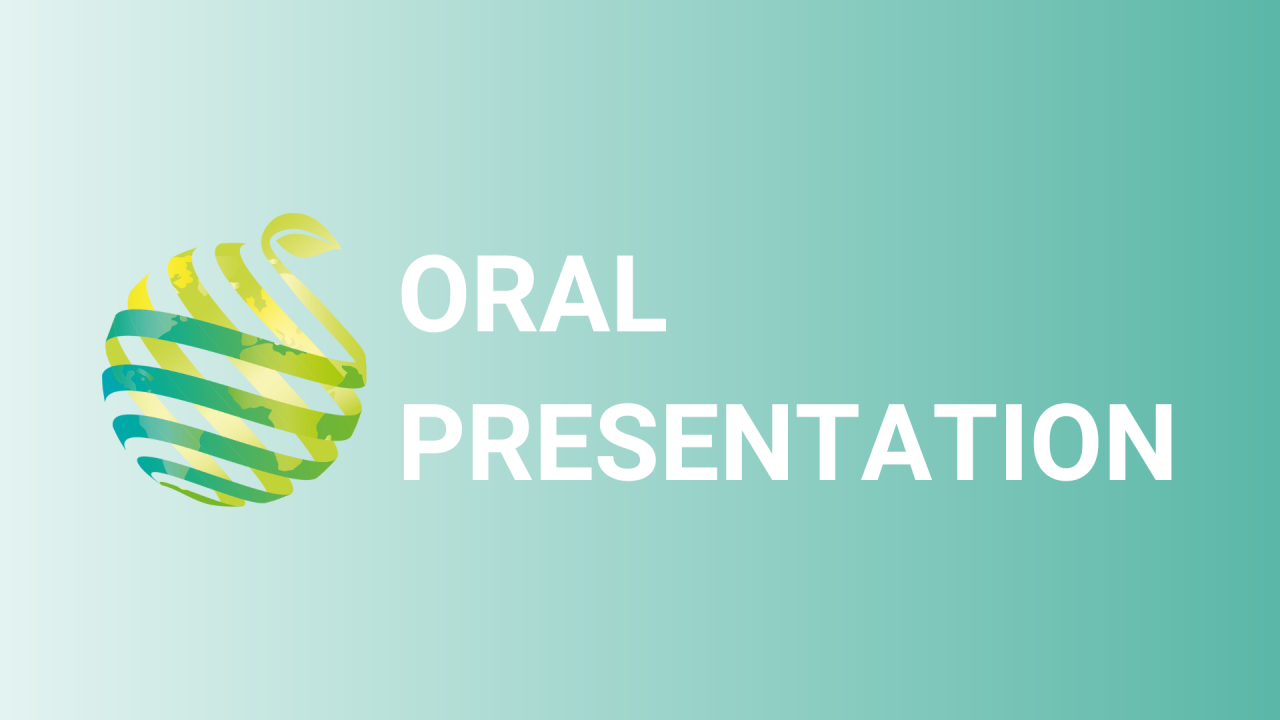

S16 - Session O2 - The effect of environment and canopy manipulation on the development of red flesh colour in apple
Information
Authors: Ken Breen *, Anna Tattersall, Bouche Jacques-Joseph, Kate Colhoun, Jason Johnston
Over the last twenty years, development of red-fleshed apples ( Malus domestica Borkh.) has become a significant target for a number of commercial breeding programmes. The importance of red-fleshed varieties is related to consumer demand for their novel appearance and perceived health benefits. In apple, two phenotypes of red flesh are recognised. Type I plants display red leaves and red fruit cortex throughout fruit development, but are prone to development of internal browning of fruit postharvest. Type II genotypes have green leaves, only develop red pigments in the fruit cortex in the latter part of fruit development, and are generally less prone to internal browning. However, the intensity and coverage of internal red colour in Type II fruit is often highly variable, and the conditions under which red colour develops are not well understood. On a Type II genotype, in three regions of New Zealand and over two seasons, we manipulated the development of fruit dry matter content through girdling and crop load management, and assessed red colour expression at a season, region, and within-tree level. Among individual fruit, coverage of red colour varied widely, from 0 to 90%, but mean values among regions only differed by ~25% (from ~40n65%). Within the Hawke's Bay region, variability in treatment means within a season was greater than variability between seasons, suggesting that on-orchard manipulations may provide a tool to improve red colour expression. Treatments that improved fruit dry matter content, such as reduced crop load or trunk girdling, improved red colour coverage by 2 to 5%. This may be because dry matter concentration at harvest is an indirect measure of the availability of carbohydrates to the anthocyanin synthesis pathway during fruit development.